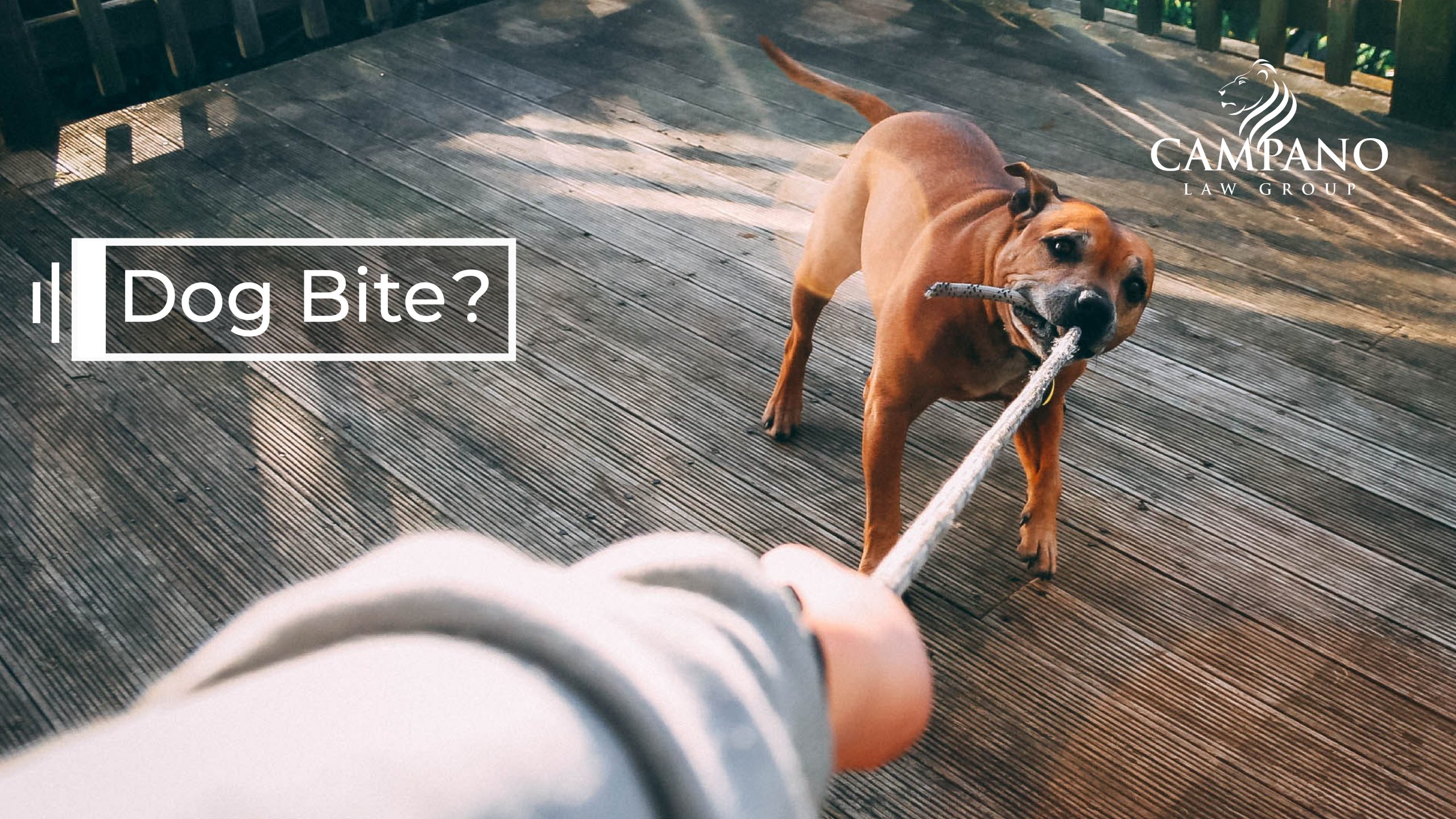
How to manage a dog bite after an attack?
First aid should be the initial step to take in case of a dog bite. The first aid entails stopping any bleeding by placing a clean towel over the wound. The injured region should be kept in an elevated position. The bite should be washed thoroughly with water and soap. Once the bite is clean, a sterile bandage should be applied to the wound. The daily application of antibiotic ointment is important to prevent infections to the injury. It is always advised to visit a doctor in case of continuous bleeding, if unfamiliar with the dog that attacked you, or in an event where the wound portrays signs of infection such as pus, redness, warmth, and swelling.
Types of injections used to treat dog bites
Rabies vaccines are important in case an unknown dog bites you or portrays symptoms of infection. The victim of the attack is then put into a 5 anti-rabies injections course. The injection intervals are as follows: 0 days, 3,7,14, and 28 days. In an event where the victim has never been vaccinated, an additional shot referred to as rabies immune globulin is included. People who were earlier vaccinated are administered with rabies immune globulin but are instead given 2 doses of rabies immune globulin.
Can dog bite pain come months later?
In most cases, the pain resulting from a dog bite is instantaneous. The dog uses its teeth to puncture the flesh of its victims. It is important to note if the wound becomes infected the victim may experience ongoing pain. Ideally, proper dressing of the wound helps in the quick recovery of the injury.
Symptoms of a rabies dog bite.
Once an individual gets bitten by a dog with rabies, some numerous signs and symptoms signal the possibility of an infection. The initial symptoms are experienced within a few days after the attack. The victim starts experiencing an itching, tingling, or pricking feeling around the wound. The patient could also experience spells of muscle ache; tiredness; nausea; loss of appetite; headaches and fever. In a few days, the neurological symptoms are manifested.
The neurological symptoms include:
- Increased aggressiveness.
- High level of agitation.
- Hallucinations, confusion, or bizarre thoughts.
- Unfamiliar postures and muscle spasms.
- Development of body weakness hindering the movements of some body parts.
- Highly sensitive to touch, bright lights, or touch.
- Excess production of saliva resulting in foaming at the mouth.
- Insomnia
- Inability to swallow.
The incubation period of rabies ranges from 1 to 3 months. The symptoms begin after the virus has traveled through the entire central nervous system to gain access to the victim’s brain. In extreme cases, the patient could experience lung or heart failure, coma, and death.
How long does dog bite puncture wound take to heal?
The dog bite puncture wound healing time depends on the severity of the wound, as well as, the general health of the patient. In case of an infection, the infected wound will take between 7 to 10 days to heal if proper treatment is applied. A deep bite could result in scarring and could also damage the nerves.
What kind of bacteria can you get after a dog bite infection?
When a dog bites you, it inoculates the bacteria deep in your tissues. Most dog bites become infected. The key bacteria in these infections include pasteurella, streptococcus, and staphylococcus. Regular wound cleaning reduces the underlying risk of infections. Most victims result in first aid at homes after being bitten by the dog and fail to seek medical care. There is close to 4.5 million dog bite in the U.S annually.
Citation
https://www.webmd.com/a-to-z-guides/what-is-rabies#1
https://www.cdc.gov/rabies/symptoms/index.html
https://www.cdc.gov/vaccines/hcp/vis/vis-statements/rabies.html
